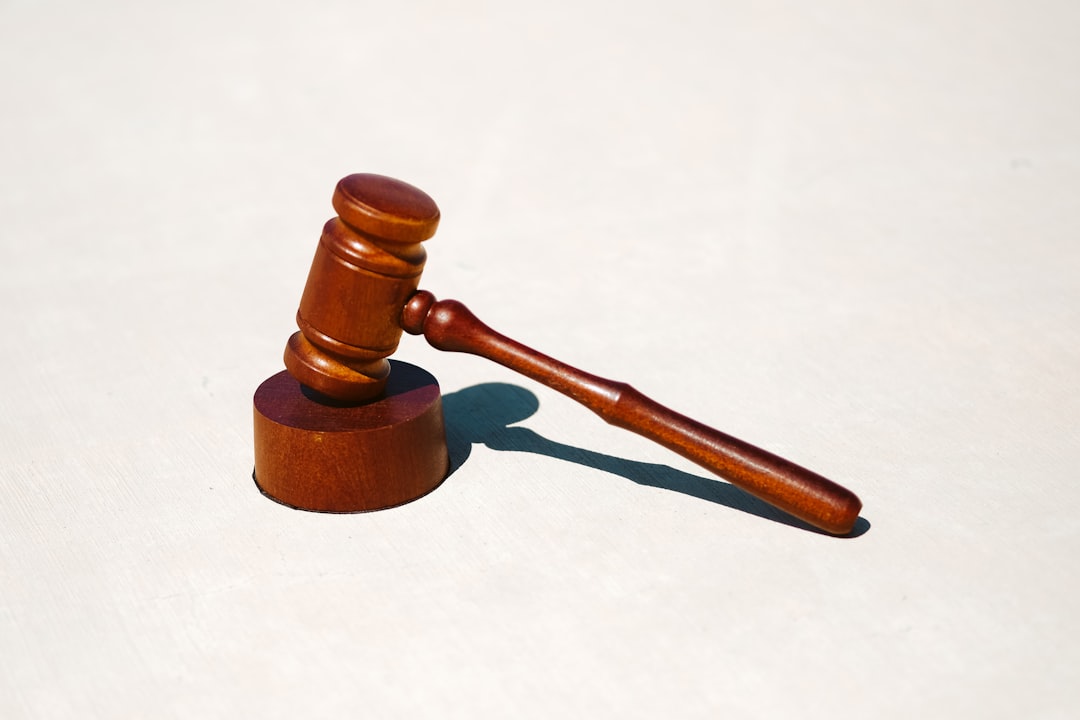Autodialers, advanced technologies for automated calls, are crucial assets in Indiana's emergency communication systems. They ensure swift action during crises like natural disasters or public health emergencies by simultaneously dialing multiple numbers and delivering pre-recorded messages or connecting callers to support services. Law firms can leverage autodialers for enhanced client outreach, real-time response planning, and data collection. However, their usage is strictly regulated to prevent misuse; explicit consumer consent is required for marketing purposes. Autodialers have successfully minimized panic and saved lives during disasters, while law firms have improved case management and client satisfaction. Future emergency communication in Indiana aims to transform with advanced autodialer technology, promising rapid dissemination of critical information, enhanced public safety, and real-time citizen feedback through collaboration between law firms, emergency services, and government agencies.
In today’s digital era, efficient emergency communication systems are paramount. Autodialers, automated technology that rapidly contacts multiple recipients, play a crucial role in ensuring swift and effective alerts. This article explores the significance of autodialers in Indiana, delving into their functionality, legal considerations, and real-world applications through case studies. We also examine future prospects, highlighting how these systems can enhance emergency preparedness. Understanding autodialer laws in Indiana is essential for law firms seeking innovative solutions to protect communities.
Understanding Autodialers: How They Work and Their Benefits in Emergency Communications

Autodialers are sophisticated technologies designed to automate outbound calls, making them invaluable assets in emergency communication systems. These tools work by simultaneously dialing multiple phone numbers, allowing for rapid and efficient outreach during crises. They can be programmed to deliver pre-recorded messages or connect callers directly to relevant support services, ensuring swift action. This technology is particularly beneficial for law firms in Indiana looking to enhance their client outreach during emergencies, such as natural disasters or public health crises.
The advantages of employing autodialers in emergency communications are numerous. They can reach a vast number of people simultaneously, helping to disseminate critical information and instructions quickly. Additionally, autodialers can collect valuable data, like call recipients’ responses, which aids in evaluating the effectiveness of communication strategies during emergencies. This real-time feedback loop is crucial for law firms and emergency management teams to make informed decisions and adapt their response plans accordingly.
Legal Framework: The Rules and Regulations Governing Autodialer Usage in Indiana

In Indiana, the usage of autodialers in emergency communication is governed by a specific legal framework designed to protect citizens and businesses from unwanted or misleading automated calls. The state has established rules that delineate when and how autodialers can be used, particularly in situations requiring urgent attention. These regulations ensure that law firms and other entities employing autodialers adhere to ethical standards, respecting the privacy and consent of recipients.
Indiana’s autodialer laws are stringent, mandating explicit consumer consent for marketing purposes. Any use outside of this scope, such as emergency notifications or public safety initiatives, must follow strict guidelines. The state’s Attorney General plays a crucial role in enforcing these rules, ensuring that businesses employing autodialers operate within the law to maintain fair practices and protect consumers from harassment or misuse of automated calling technology.
Case Studies: Successful Implementation of Autodialers in Emergency Notifications in Indiana

In recent years, autodialers have emerged as a game-changer in emergency communication systems within Indiana. Various case studies highlight their successful implementation in enhancing public safety. For instance, during a major natural disaster, an autodialer system was utilized to promptly notify residents in remote areas, allowing for quicker evacuation and rescue operations. This initiative significantly reduced panic and casualties, showcasing the technology’s potential to save lives.
Another notable example involves Indiana-based law firms integrating autodialers into their emergency notification protocols. Through this adoption, they’ve demonstrated improved client communication during critical situations. The system ensures that legal teams can reach a vast number of clients simultaneously, providing timely updates and instructions. This has led to more efficient case management and enhanced client satisfaction.
Future Prospects: Enhancing Emergency Communication Systems with Autodialers

The future of emergency communication systems in Indiana and across the nation is set to be revolutionized by the integration of advanced technologies, with autodialers playing a pivotal role. As the state continues to prioritize efficient and effective alert systems for its residents, the potential of autodialer solutions becomes increasingly evident. These innovative tools can instantly reach vast audiences through automated phone calls, ensuring that critical information reaches every corner of Indiana, especially in remote or hard-to-reach areas.
By leveraging autodialer technology, law firms, emergency services, and government agencies can collaborate to create robust communication networks. This collaboration will enhance the state’s disaster response capabilities by enabling rapid dissemination of evacuation orders, safety guidelines, and critical updates during emergencies. With further development, these systems could even facilitate two-way communication, allowing for real-time feedback from citizens, which is invaluable in crisis management. The integration of autodialers into Indiana’s emergency communications landscape promises a more responsive and connected future, ultimately enhancing public safety and security.






